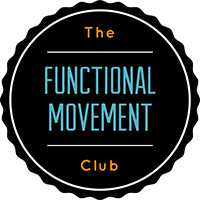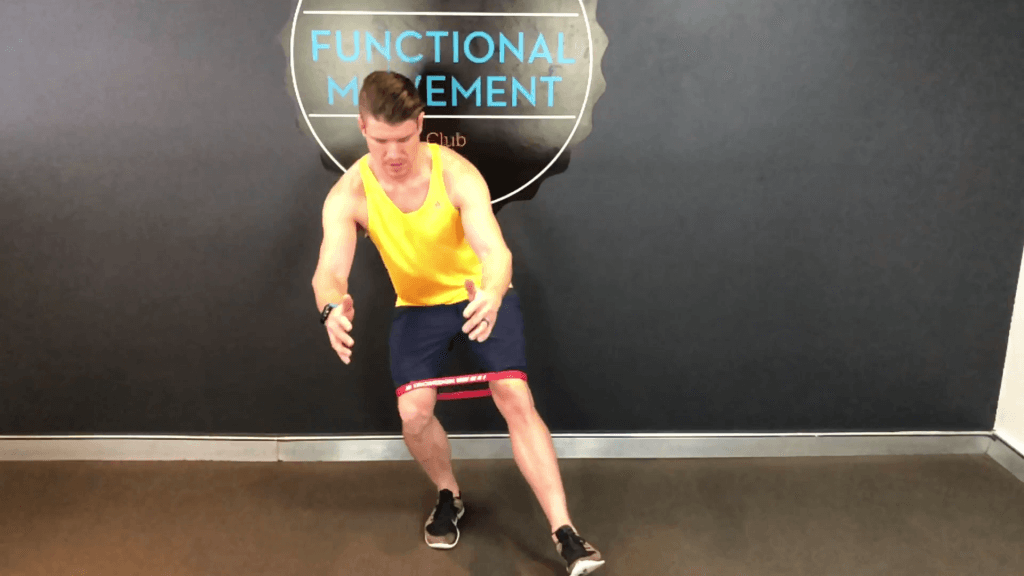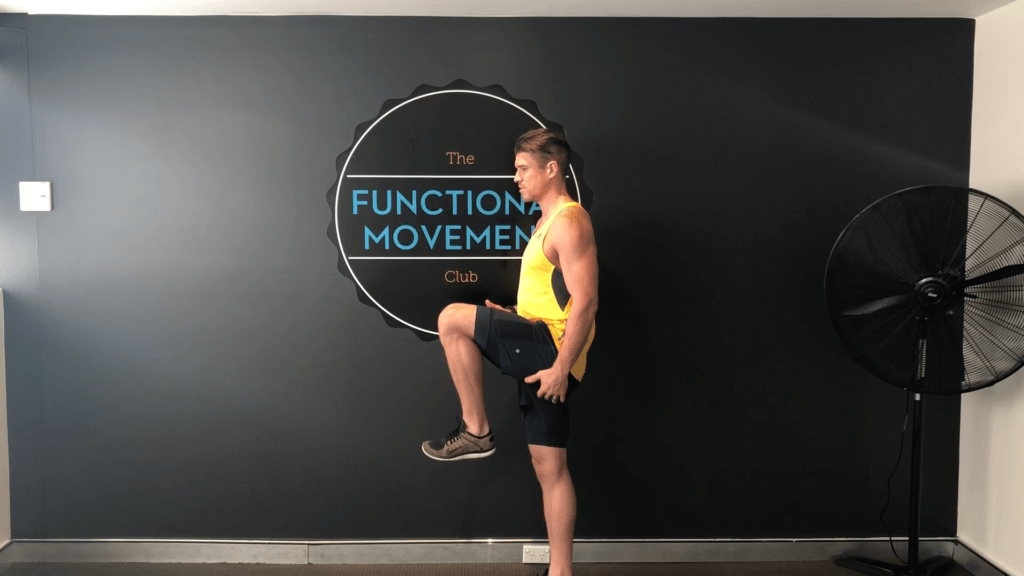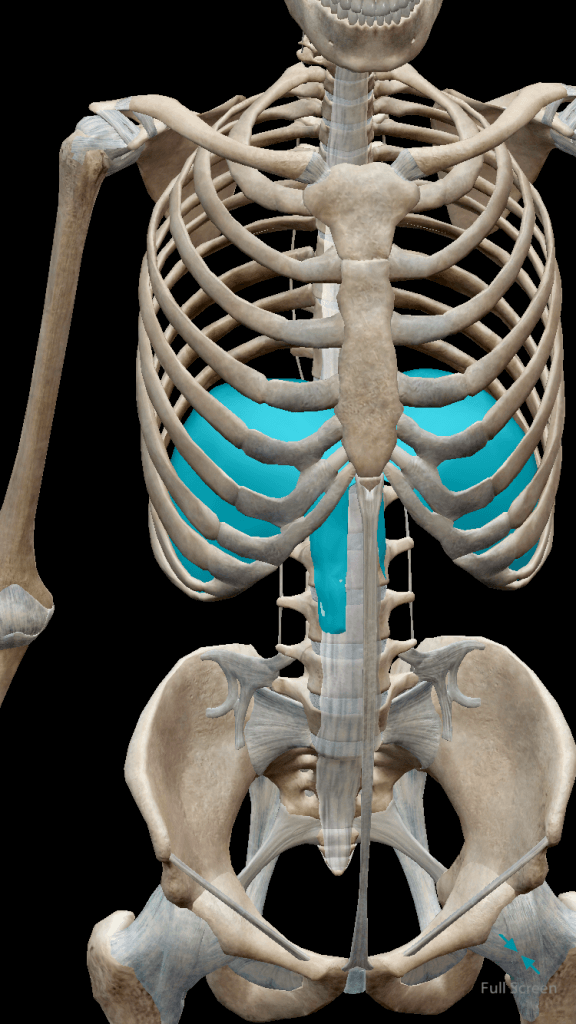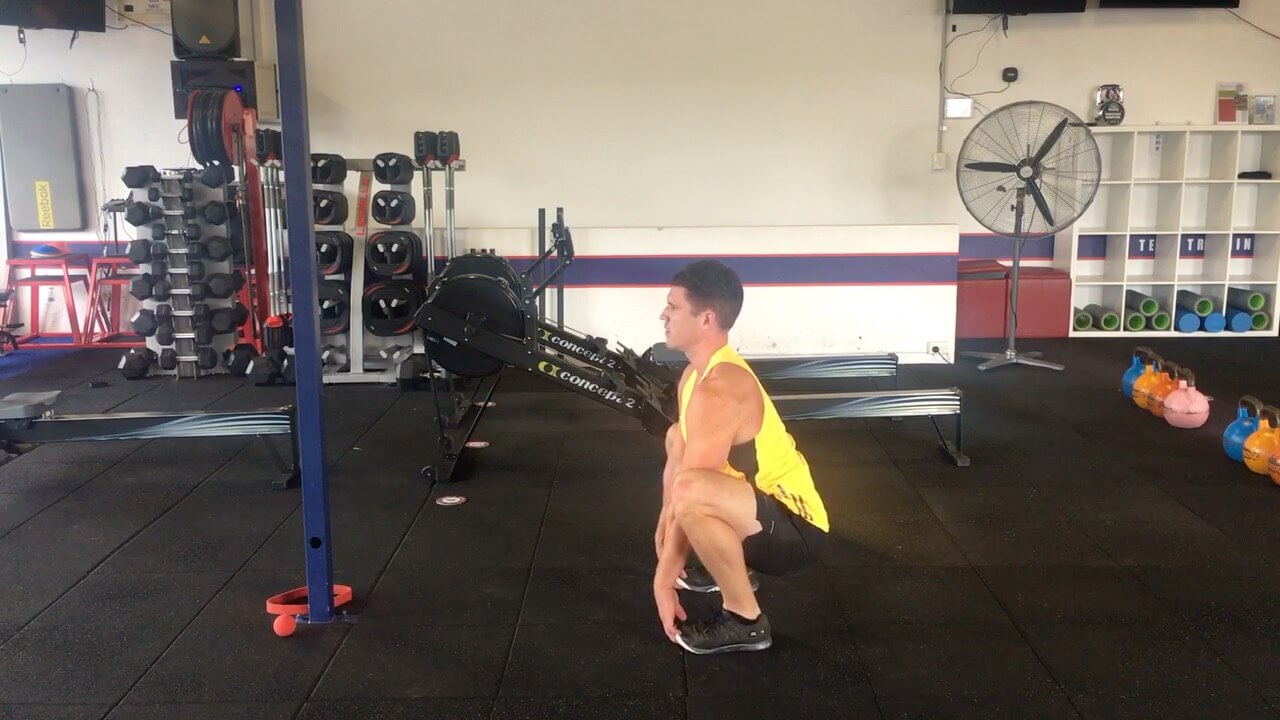
What’s Mostability? What You Need To Know About Stability Exercises ?
What You Should Know About Stability Exercises:
Do you ever wonder why you do all your mobility and stability exercises but never seem to make any progress? When you look at the body and the way the major joints function you will begin to see a pattern. The joint by joint concept in regards to sports injuries and rehabilitation was developed by Mike Boyle and Gray Cook (if you aren’t familiar with them I suggest you check their books, awesome). They also invented a very cool work “Mostability”. Mostability is super important if you’ve been activating your glutes but not noticing the difference. Or you have tight hamstrings that no amount of stretching relieves.
PSST . . . Heres a FREEBIE I made for you
Mobility And Stability:
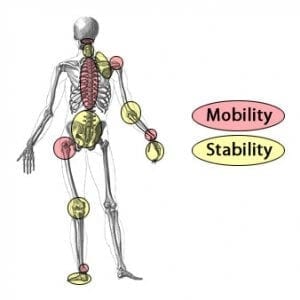
http://optimumstrength.com.au/the-joint-by-joint-concept/
You use your ankles for mobility and knees for stability. Your lumbar spine (lower back) provides stability your Thoracic spine (mid-back section that your ribs attach to) gives you mobility. The cervical spine is made for stability again (I feel sorry for the neck, having to balance a bowling ball on it all day every day).
You may have noticed I didn’t mention the hip joint. There is always one exception to the rule and the hip is yours. The hip as Gary Gray puts it best is made for “mostability”.
What is mostability you may ask? Think of all the actions your hip does for you. It helps you stay upright, no mean feat. It carries our body from point A to point B and supports the majority of our body weight day in and day out.
So What’s Stability?
Well yes, but then it also help you kick a football, run, jump, hop, skip, and do a single leg crossover pistol squat (google it). All of which are highly mobile activities. This requires high levels of motor control or stability (think stable table). You typically train these movements with “activation or stablity exercises”.
The term “Mobility” (or lack of) is used when somethings feeling tight or stiff. Being mobile refers to being able to make use of a joint through its range of motion. Less mobile = decreased range, more mobile = greater range. These types of issues are generally treated with stretching or foam rolling.
And Mobility?
That is why the term “mostability” was invented. It is responsible for both mobility and stability. This is why in terms of training we are seeing a decline in the old Chest, Tri’s, and Bi’s workout to a shift in more functional training incorporating movement patterns (push/pull, knee flex/hip extend).
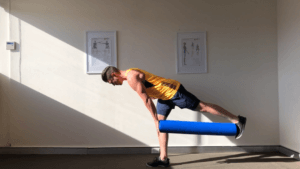
Your hips that should be where the majority of the movement should come from get lazy and you will begin to see increased movement occurring at the joints above and below.
Your knee and lower back are made for stability. But, now become mobile joints. Extra stress comes from extra mobility. Extra stress means increased inflammation, inflammation causes pain.
This is why it’s important to train certain areas with certain stability exercises. Make sure you aren’t cheating a movement and using a joint made for stability do the role of a mobile joint.
Make Sure You’re Training The Right Joint The Right Way
So next time you are complaining about tight ankles or tight shoulders it might be worth looking at stabilising the joints above or below to make sure they are doing their job. They might just be tight and screaming out because something else isn’t pulling its weight. It’s also the reason your mobility routine shoulder always include a mixture of mobility and stability.
